Find Help
More Items From Ergsy search
-
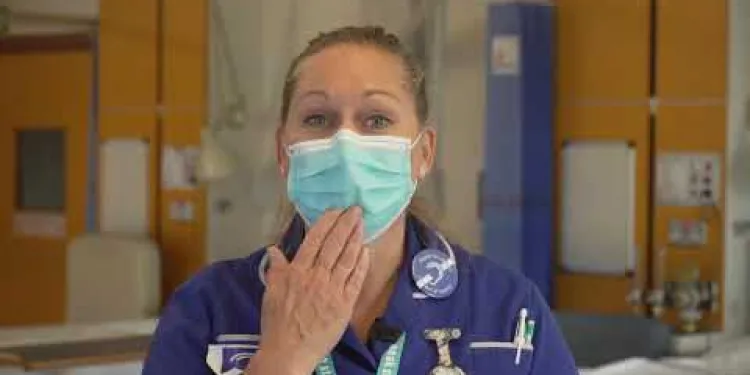
How to help deaf and hearing impaired patients and staff through Covid
Relevance: 100%
-

What should I do if I have hearing or visual impairments for the DVSA Theory Test?
Relevance: 39%
-

Can Baxdrostat be used in patients with renal impairment?
Relevance: 37%
-
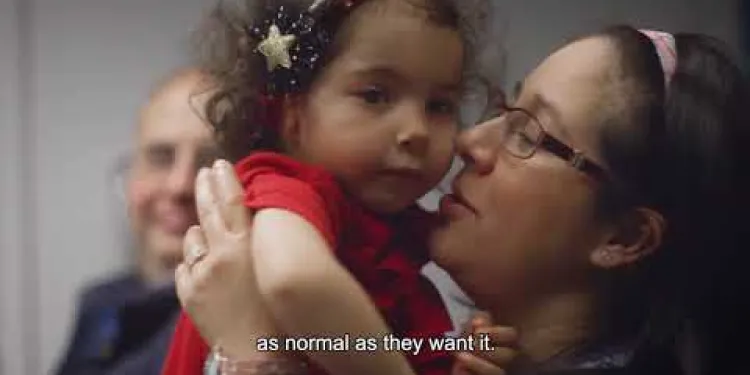
My baby has a hearing loss - what next?
Relevance: 29%
-

Long Covid
Relevance: 27%
-
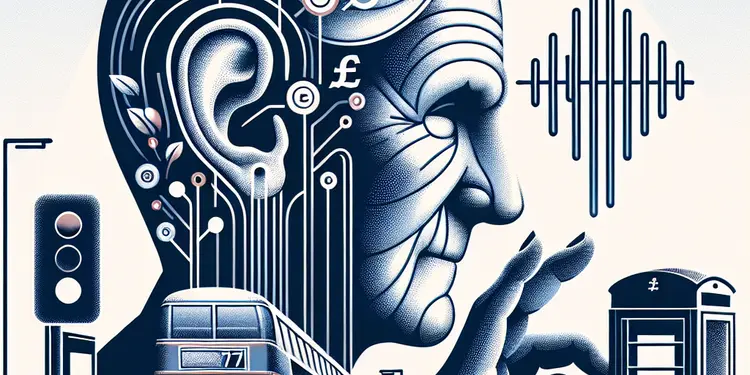
Are there specific hearing issues that pose a risk to older drivers?
Relevance: 27%
-
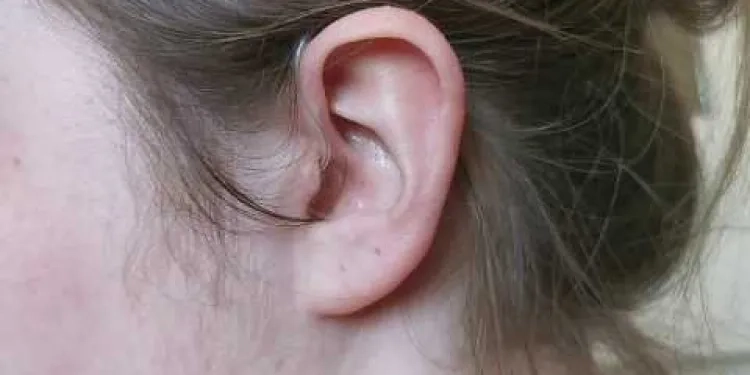
How to remove your hearing aid
Relevance: 26%
-

What qualifications do care home staff have?
Relevance: 24%
-

What are the symptoms of long covid?
Relevance: 24%
-
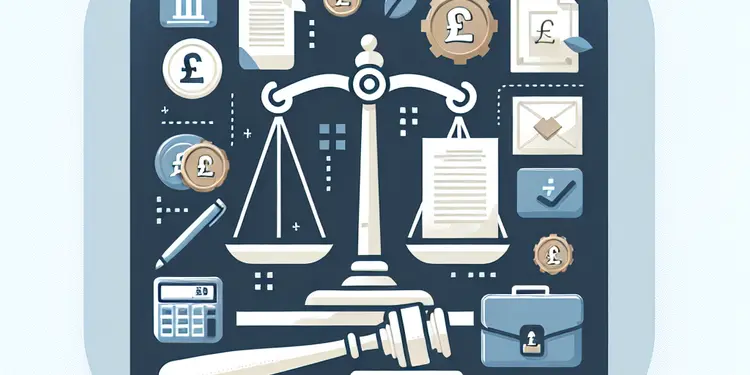
How do I prepare for a tribunal hearing?
Relevance: 23%
-

Is the DVSA Theory Test available in British Sign Language (BSL)?
Relevance: 23%
-

Will attending a tribunal hearing be mandatory?
Relevance: 23%
-
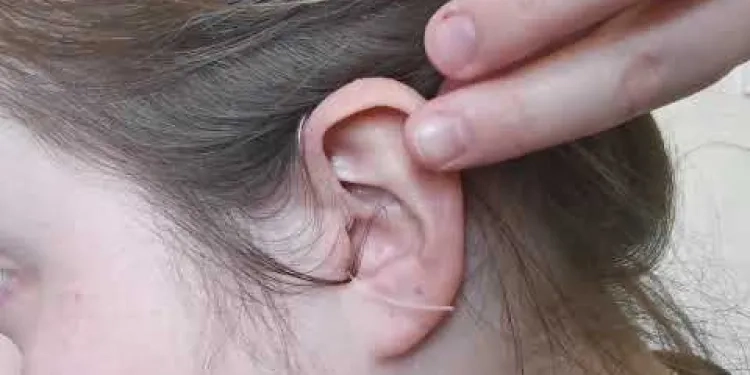
How to insert your hearing aid
Relevance: 23%
-

How to clean your hearing aid
Relevance: 23%
-

What happens during a tribunal hearing?
Relevance: 22%
-

How to turn your hearing aids on and off
Relevance: 22%
-

Showing you around your hearing aid
Relevance: 22%
-
Can air physiotherapy help with COVID-19 recovery?
Relevance: 22%
-

How to change your hearing aid battery
Relevance: 22%
-

Are children more affected by new variants of COVID?
Relevance: 22%
-
How are COVID-19 variants detected?
Relevance: 21%
-

Fallsafe - Put the patient first. Preventing falls in Hospital.
Relevance: 21%
-

Long COVID - Managing Breathlessness
Relevance: 21%
-
New Covid Variant Strains
Relevance: 21%
-

How can I prepare for an eviction court hearing?
Relevance: 21%
-
What is a COVID-19 variant?
Relevance: 20%
-
What is the Covid-19 Stratus variant?
Relevance: 20%
-
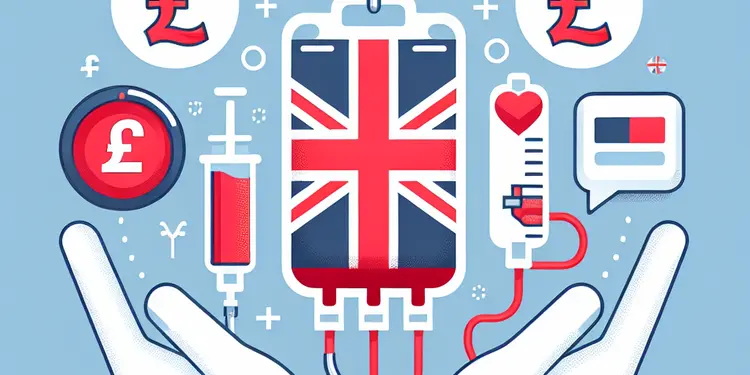
Can COVID-19 be transmitted through blood transfusions?
Relevance: 20%
-
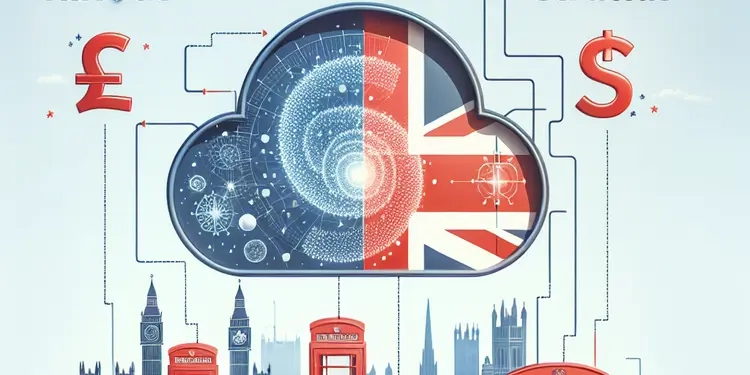
What are the Nimbus and Stratus variants of Covid?
Relevance: 20%
-
Does the flu vaccine protect against COVID-19?
Relevance: 20%
-
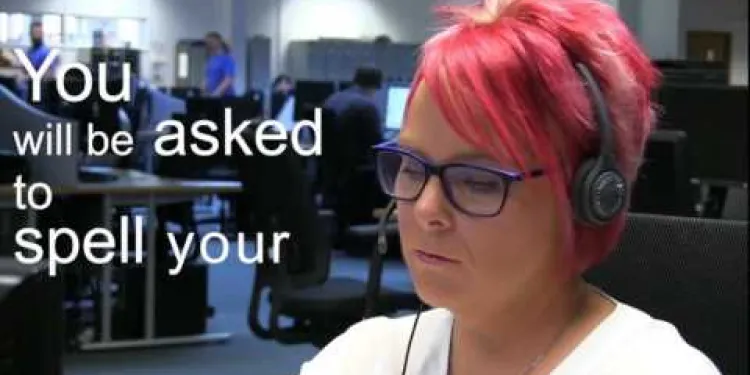
NHS 111 An Inclusive Service
Relevance: 20%
-
How do COVID-19 variants arise?
Relevance: 19%
-
Do new variants affect COVID-19 testing?
Relevance: 19%
-

What sources should I consult for information on Covid-19?
Relevance: 19%
-

In what ways can vision impairments impact driving for those over 70?
Relevance: 19%
-
What are the COVID-19 travel restrictions for traveling to Spain?
Relevance: 19%
-
Where can I learn about real Covid-19 variants?
Relevance: 18%
-

NHS Faces Backlash Over Record-Breaking Surgery Waiting Times
Relevance: 18%
-

The DVSA Theory Test, BSL, and accessibility
Relevance: 18%
-

Gaining consent from stroke patients
Relevance: 18%
Supporting Deaf and Hearing Impaired Patients and Staff Through Covid
Understanding the Challenges
The Covid-19 pandemic has posed unique challenges for everyone, but particularly for the deaf and hearing impaired community. From communication barriers due to mask-wearing to the complexities of virtual interactions, it is essential to understand and address these specific needs to ensure proper care and support.
Communicating Effectively
Communication is key. Use clear masks that allow lip-reading and facial expressions, an important aspect of understanding for the hearing impaired. Additionally, ensure that written communication is readily available and consider using technology, such as speech-to-text apps, to facilitate more accessible exchanges. British Sign Language (BSL) interpreters can also be invaluable, whether in person or through video services.
Access to Information
Make sure all information regarding Covid-19, such as safety protocols, symptoms, and vaccination details, is accessible. Provide these details in multiple formats, including written documents, video explanations with BSL interpretation, and visual aids. Online platforms should comply with accessibility standards to ensure that deaf and hearing impaired individuals are not left behind.
Staff Training and Awareness
Training staff to be aware of the needs of deaf and hearing impaired patients and colleagues is crucial. Simple actions, such as maintaining eye contact, speaking clearly, and ensuring background noise is minimized, can make a significant difference. Incorporate deaf awareness training into standard operating procedures and ensure staff are equipped with the knowledge and tools to provide equitable care and assistance.
Mental Health and Wellbeing
The pandemic has also affected mental health. For deaf and hearing impaired individuals, social isolation and communication barriers can exacerbate feelings of loneliness and stress. Providing accessible mental health resources, such as counseling with BSL interpreters and peer support groups, can offer vital support. Additionally, creating a supportive and inclusive environment can significantly improve wellbeing.
Utilizing Technology
Technology offers many solutions to enhance communication and accessibility. Video-calling platforms with captioning services, messaging apps, and accessibility features on smartphones can bridge communication gaps. Encourage the use of these technologies and ensure patients and staff are familiar with their benefits and functionality.
Conclusion
Supporting deaf and hearing impaired patients and staff through the Covid-19 pandemic requires understanding, accessible communication, and inclusive measures. By adopting these practices in the United Kingdom, we can help ensure that everyone receives the care and support they need during these challenging times.
Helping Deaf and Hearing Impaired People During Covid
Understanding the Challenges
Covid-19 has been hard for everyone, especially for people who are deaf or have trouble hearing. Masks make it difficult to communicate and online meetings can be tricky too. We need to understand these problems and help out.
Talking Clearly
Good communication is important. Use clear masks so people can see your lips and face. This helps those who read lips. You can also write things down or use apps that turn speech into text. Sign language interpreters are very helpful too.
Getting Information
Covid-19 information should be easy to access. Provide this in writing, videos with sign language, and pictures. Make sure websites follow rules to help deaf people understand the information.
Training Staff
Train staff to understand how to help deaf and hearing impaired people. They should keep eye contact and speak clearly. Reduce background noise. Teach staff what to do so they can offer good help.
Feeling Good and Happy
The pandemic affects mental health too. For deaf people, being alone or having trouble communicating can make them feel lonely. Offer mental health help with sign language interpreters or support groups. A friendly and caring place helps everyone feel better.
Using Technology
Technology can help us talk and understand better. Use video calls with captions, messaging apps, and phone features for accessibility. Make sure everyone knows how to use these tools.
Conclusion
To help deaf and hearing impaired people during Covid-19, we need to understand them and use clear communication. In the UK, we can make sure everyone gets the care and support they need.
Frequently Asked Questions
How can I ensure effective communication with deaf or hearing-impaired patients and staff while wearing a mask?
Use clear face masks, write down messages, or use speech-to-text apps to facilitate communication.
Are there specific types of masks recommended for communicating with deaf or hearing-impaired individuals?
Yes, clear face masks that allow visibility of the mouth can help deaf or hearing-impaired individuals read lips.
What should I do if clear face masks are not available?
Use written communication, speech-to-text apps, or other assistive technology to bridge the communication gap.
How can social distancing rules be managed in a way that supports deaf or hearing-impaired individuals?
Ensure visual communication methods are clearly visible and maintain accessible lines of sight for lip reading.
What are some good communication apps for the deaf or hearing-impaired?
Some useful apps include Ava, Google Live Transcribe, and Rogervoice.
How can I convey important information to deaf or hearing-impaired individuals during emergencies?
Use visual alarms, text message alerts, and ensure all emergency information is accessible in written formats.
What should I consider when setting up virtual meetings with deaf or hearing-impaired participants?
Use platforms that support live captioning and ensure the availability of sign language interpreters.
How do I make written communication more accessible for deaf or hearing-impaired individuals?
Use clear, concise language and consider providing information in British Sign Language (BSL) videos.
What training is available for staff to better support deaf or hearing-impaired colleagues?
Training on BSL, deaf awareness, and communication strategies can improve interactions and support.
Are there any legal requirements for supporting deaf or hearing-impaired staff and patients?
Yes, under the Equality Act 2010, employers and service providers must make reasonable adjustments to support disabled individuals.
How can healthcare settings ensure they are inclusive for deaf or hearing-impaired patients during the Covid-19 pandemic?
Provide clear face masks, use visual aids, ensure written instructions are available, and offer BSL interpreters where needed.
What measures can be taken to make public health announcements accessible to the deaf and hearing-impaired communities?
Ensure that all announcements are accompanied by BSL interpretation and that subtitles are available on all video content.
How can we support isolated deaf or hearing-impaired individuals during lockdowns?
Ensure they have access to communication technology, provide regular check-ins via text or video calls, and involve community support networks.
What is the best way to ask a deaf or hearing-impaired person how they prefer to communicate?
Politely ask them directly about their preferred method of communication, whether it be lip-reading, sign language, or written text.
How can we ensure clear communication in noisy environments for deaf or hearing-impaired individuals?
Minimize background noise, use text or visual cues, and ensure good lighting for visibility of facial expressions and lip movement.
How can I talk well with deaf or hard-of-hearing people when I wear a mask?
Here are some tips to help you:
- Use clear masks: Wear a mask with a clear window. This lets people see your mouth.
- Speak slowly and clearly: Talk in a slow and clear way. Don’t shout.
- Use gestures: Use your hands to show what you mean.
- Write it down: Use paper and pen or a text app on a phone to write your message.
- Use technology: Apps on phones can turn speech into text.
These tools can help you talk with deaf or hard-of-hearing people better while wearing a mask.
Use clear face masks, write messages on paper, or use apps that turn talking into text to help people communicate.
What types of masks are best for talking to people who are deaf or have trouble hearing?
Yes, clear face masks can help people who are deaf or have trouble hearing. These masks let them see the person's mouth and read lips better.
What can I do if I can't find clear face masks?
Sometimes, clear face masks might be hard to find. If that happens, here are some things you can try:
- Talk clearly: Speak slowly and clearly to help people understand you better.
- Use hand signs: You can use your hands to show what you mean, like pointing or waving.
- Write it down: Use a notebook or a phone to write messages.
- Use apps: Try apps on your phone that change speech into text.
These ideas can help you communicate when clear face masks are not around.
Use writing, talking apps, or other helpful tools to make talking easier.
How can we help deaf or hard-of-hearing people follow social distancing rules?
Social distancing means keeping space between people to stay safe. Deaf or hard-of-hearing people need extra support. Here are some ways to help:
- Use Clear Masks: Wear masks that let people see your lips. This helps with lip-reading.
- Speak Clearly: Talk slowly and clearly so people can understand better.
- Use Hand Gestures: Use signs or simple hand movements to show what you mean.
- Write it Down: Write messages on a notepad or phone to show words.
- Use Technology: Use apps that turn speech into text. This helps people read what you say.
These tools and ideas can help everyone stay safe and feel understood.
Make sure everyone can see signs and gestures. Stay in a place where people can see your face and lips if they need to lip read.
What are some helpful talking apps for people who can't hear well?
Some people can't hear well. They use special apps to talk to others. Apps can help them read words or see signs.
Here are some good apps:
- Texting Apps: People can read messages.
- Video Call Apps: People can see each other and use sign language.
- Speech-to-Text Apps: These change talking into words on the screen.
- Sign Language Apps: People can learn and use sign language.
Here are some tips:
- Ask someone to help you choose apps.
- Try different apps to see which one you like best.
- Use captions on videos to read what people say.
Here are some helpful apps you can use:
- Ava: This app can help you understand what people are saying.
- Google Live Transcribe: This app listens and writes words on your phone so you can read them.
- Rogervoice: This app makes it easier to talk to people on the phone.
How can I tell important things to deaf or hard of hearing people in emergencies?
Here are some ways you can help:
- Use simple words and write them down if you can.
- Point to pictures or signs to show what you mean.
- Use a phone to text or type messages.
- Learn some sign language words for emergencies.
- Ask someone who knows sign language for help.
Use pictures or lights for alarms. Use text messages for alerts. Make sure all emergency information can be read easily.
How can I make online meetings easier for people who are deaf or hard of hearing?
Use tools that show words on the screen as people talk. Make sure there are helpers who use sign language to talk with their hands.
How can I make my writing easy to understand for people who can't hear well?
Use simple words and short sentences. You can also make videos using British Sign Language (BSL) to help people understand better.
What training can help staff support deaf or hard of hearing colleagues?
Training helps staff learn how to help deaf or hard of hearing teammates. Here are some ideas:
- Sign Language Classes: Staff can learn sign language to talk to deaf colleagues.
- Communication Tips: Staff can learn tips on how to speak clearly and use gestures.
- Technology Help: Staff can learn about tools like hearing aids or text-to-speech apps.
These classes and tips can make it easier for everyone to work together.
Learning about British Sign Language (BSL), understanding deaf people, and how to communicate better can help us talk and support each other.
Do you have to follow any rules to help staff and patients who are deaf or hard of hearing?
Here is how you can help:
- Show writing tools like paper and pens to write down messages.
- Try using pictures to share ideas.
- Teach everyone simple sign language words.
- Get help from special devices made for hearing.
- Use video calls with captions.
Yes, the law says that bosses and people who provide services must help people with disabilities. This law is called the Equality Act 2010.
If you find reading hard, try using audiobooks, speech-to-text tools, or ask someone you trust to help you understand.
How can hospitals help deaf or hearing-impaired patients during Covid-19?
Here are some ways to make hospitals better for deaf or hearing-impaired patients:
- Use clear face masks so people can see lips.
- Write things down if needed.
- Use sign language interpreters.
- Have captions on videos.
- Be patient and willing to repeat information.
These steps can make visits easier for deaf or hearing-impaired patients during Covid-19.
Use clear face masks so people can see your mouth. Use pictures to help explain things. Write down instructions so people can read them. Get a BSL interpreter if someone needs it.
How can we help deaf and hard of hearing people understand health messages?
Here are some ways to help:
- Use sign language interpreters in videos.
- Put captions on all videos.
- Use simple words and pictures.
- Share information in written form too.
- Use apps that turn speech into text.
Make sure all announcements have a person using sign language. Also, make sure there are words on the screen for all videos.
How can we help deaf people who are alone during lockdowns?
Here is how you can help:
- Call or video chat with them often.
- Use text or email to talk if they prefer that.
- Ask them if they need anything.
- Send them pictures or letters to make them smile.
- Help them find online groups or activities to join.
- Show them how to use technology that can make talking and listening easier.
Make sure they can use phones and computers to talk to others. Check in with them often using texts or video calls. Connect them with people in the community who can help and support them.
How can I ask a deaf person how they like to talk?
Here is an easy way to ask:
- Say "How do you like to talk?"
- You can write it down if needed.
- Use a phone or a notepad.
- Be kind and patient.
Ask them nicely how they like to talk. Do they like to read lips, use sign language, or write the words down?
How can we help deaf or hard-of-hearing people talk in loud places?
Here are some easy ways to help:
- Use sign language so they can see what you're saying.
- Write messages on paper or a phone to show them.
- Use pictures or drawings to explain things.
- Face them when you talk so they can read your lips.
- Find a quiet place nearby if you need to talk more.
These tips can make talking easier for everyone.
Keep things quiet around you. Use pictures or text to help understand. Make sure there is good light so you can see faces and lips clearly.
Useful Links
- Ergsy carfully checks the information in the videos we provide here.
- Videos shown by Youtube after a video has completed, have NOT been reviewed by ERGSY.
- To view, click the arrow in centre of video.
- Most of the videos you find here will have subtitles and/or closed captions available.
- You may need to turn these on, and choose your preferred language.
- Go to the video you'd like to watch.
- If closed captions (CC) are available, settings will be visible on the bottom right of the video player.
- To turn on Captions, click settings .
- To turn off Captions, click settings again.
More Items From Ergsy search
-

How to help deaf and hearing impaired patients and staff through Covid
Relevance: 100%
-

What should I do if I have hearing or visual impairments for the DVSA Theory Test?
Relevance: 39%
-

Can Baxdrostat be used in patients with renal impairment?
Relevance: 37%
-

My baby has a hearing loss - what next?
Relevance: 29%
-

Long Covid
Relevance: 27%
-

Are there specific hearing issues that pose a risk to older drivers?
Relevance: 27%
-

How to remove your hearing aid
Relevance: 26%
-

What qualifications do care home staff have?
Relevance: 24%
-

What are the symptoms of long covid?
Relevance: 24%
-

How do I prepare for a tribunal hearing?
Relevance: 23%
-

Is the DVSA Theory Test available in British Sign Language (BSL)?
Relevance: 23%
-

Will attending a tribunal hearing be mandatory?
Relevance: 23%
-

How to insert your hearing aid
Relevance: 23%
-

How to clean your hearing aid
Relevance: 23%
-

What happens during a tribunal hearing?
Relevance: 22%
-

How to turn your hearing aids on and off
Relevance: 22%
-

Showing you around your hearing aid
Relevance: 22%
-
Can air physiotherapy help with COVID-19 recovery?
Relevance: 22%
-

How to change your hearing aid battery
Relevance: 22%
-

Are children more affected by new variants of COVID?
Relevance: 22%
-
How are COVID-19 variants detected?
Relevance: 21%
-

Fallsafe - Put the patient first. Preventing falls in Hospital.
Relevance: 21%
-

Long COVID - Managing Breathlessness
Relevance: 21%
-
New Covid Variant Strains
Relevance: 21%
-

How can I prepare for an eviction court hearing?
Relevance: 21%
-
What is a COVID-19 variant?
Relevance: 20%
-
What is the Covid-19 Stratus variant?
Relevance: 20%
-

Can COVID-19 be transmitted through blood transfusions?
Relevance: 20%
-

What are the Nimbus and Stratus variants of Covid?
Relevance: 20%
-
Does the flu vaccine protect against COVID-19?
Relevance: 20%
-

NHS 111 An Inclusive Service
Relevance: 20%
-
How do COVID-19 variants arise?
Relevance: 19%
-
Do new variants affect COVID-19 testing?
Relevance: 19%
-

What sources should I consult for information on Covid-19?
Relevance: 19%
-

In what ways can vision impairments impact driving for those over 70?
Relevance: 19%
-
What are the COVID-19 travel restrictions for traveling to Spain?
Relevance: 19%
-
Where can I learn about real Covid-19 variants?
Relevance: 18%
-

NHS Faces Backlash Over Record-Breaking Surgery Waiting Times
Relevance: 18%
-

The DVSA Theory Test, BSL, and accessibility
Relevance: 18%
-

Gaining consent from stroke patients
Relevance: 18%


